
The Free Press

Dr. Jeff Levenson first noticed the problem back in 2009 when he was biking to work in the dark hours of the morning. The glare from the headlights of approaching cars dazzled his eyes to the point he couldn’t see.
Then, a few weeks later, he looked across the kitchen table to glance at his wife, who sat less than six feet away. All he could make out was her shadow.
Levenson, an experienced ophthalmologist with a busy practice in Jacksonville, Florida, immediately knew what was wrong. He was going blind. But at 51, he also knew it was likely cataracts, which can be fixed with a simple surgery.
One month and two 15-minute surgeries on each of his eyes later, Levenson returned to his backyard and said he felt reborn.
“I remember going outside and saying the sky is impossibly blue and these trees are impossibly green,” he said.
The experience changed the trajectory of his life. He started reading about how many people around the world had cataracts—100 million, 17 million of whom had gone completely blind.
“This wasn’t an inconvenience for them. It was a life-changing, life-defining, life-limiting experience,” Levenson told me. “It was a tragedy.”
Levenson wanted to give others the gift of sight, and he wanted to give it to as many people as possible.
But cataract surgery in the United States can cost around $3,000 to $5,000 per eye without insurance, mostly because the procedure relies on a highly specialized device that vibrates at 40,000 times per second. Through a tiny, 2 1/2 millimeter incision in the eye, the device swiftly sucks out the cataract, leaving space for the surgeon to insert a brand-new, man-made lens.
But Levenson also discovered that doctors in developing countries have devised a cheaper way to treat cataracts, called Manual Small Incision Cataract Surgery (MSICS), which costs less than $20 with virtually the same patient outcomes.
Four months after his own surgery, Levenson hopped on a plane to Honduras to meet a doctor who trained him how to do the surgery, and then set out to travel across the developing world and make the surgery accessible to anyone in need.
“There’s this feeling that you get only very rarely in the course of a lifetime,” Levenson said, “that this is what you were born for.”
In 2016 he became the chief medical officer of SEE International. In his almost 40 years as a practicing ophthalmologist, Levenson, now 65, estimates he’s helped bring back sight to 40,000 people.
Then, last September, Levenson received an intriguing, if baffling, phone call. Someone named “MrBeast,” who was something called a “YouTuber,” had heard about Levenson’s work, and wanted to pay for one thousand people to have cataract surgery—and he wanted it to take place in three weeks.
Six years ago, an 18-year-old named Jimmy Donaldson—who went by the online username MrBeast—made a video in which the baby-faced performer sat in his bedroom and counted to 100,000—for 40 hours. It went viral. Six months later, he gave a homeless man $100,000, launching his trademark “stunt philanthropy.” Now Donaldson boasts more than 201 million subscribers—the second largest number on YouTube.
Three weeks after Levenson received that phone call, Donaldson showed up in the doctor’s waiting room with his 30-member crew. The final product—an eight-minute-long video released January 28 of this year and titled “1,000 Blind People See For The First Time”—caused a stir online.
It begins with Donaldson surrounded by a cheering crowd declaring that he is “curing 1,000 people’s blindness.” Patients like Jeff Yaple, a 64-year-old who had gone blind in both eyes, are shown in a surgical chair in Levenson’s office in Jacksonville. Levenson slowly peels the white gauze from their eyes as the camera braces for their reactions. “Sheesh!” Yaple exclaims, looking down at his arm. “There’s my watch. I’ve never seen it before.”
Other patients burst into tears after regaining their sight. Some are even presented briefcases filled with $10,000. Donaldson gives one young man a brand-new Tesla because after a lifetime of blindness, he can finally learn how to drive.
At the end of the video, the screen turns black and white text appears, stating: “I wonder if we’ll get 1,000 more views from the people we cured LOL.”
The video now has 161 million views and more than 400,000 comments. But while some on the internet hail MrBeast as a saint, others slam his video as disparaging of those with disabilities, or in the preferred parlance, “ableist.”
“At a fundamental level, MrBeast’s video is inspiration porn, meant to portray abled people as the selfless heroes waging war against the diabolical villain known as disability,” declares a TechCrunch article titled “MrBeast’s blindness video puts systemic ableism on display.” The TechCrunch post on Twitter (now X) linking to its article now has 9.4 million views, albeit with an added “community note” stating that the article is a “misrepresentation of the video.” Another X post calling the video “demonic” drew over 28 million views and 83,000 likes.
Levenson didn’t find out about the negative comments until a few days later when a reporter contacted him for a comment.
“I didn’t think it had any moral validity, and I didn’t think it was fair to the patients or MrBeast,” Levenson said.
But the criticism of the MrBeast video is emblematic of a larger debate in the medical community. Disability, some professionals now argue, no longer needs to be cured. Rather, it should be embraced and celebrated.
This ideology is now making its way to the highest echelons of medical institutions and dividing doctors in the process, as many ask: isn’t the purpose of medicine to reduce human suffering?
The National Institutes of Health, the $40 billion-endowed funding arm of the Department of Health and Human Services, recently took a stand against ableism by proposing a change to its mission statement, which promises to “enhance health, lengthen life, and reduce illness and disability.”
An advisory committee within the NIH took issue with the phrase “reduce. . . disability,” writing in a 66-page report published last December that it “could be interpreted as perpetuating ableist beliefs that disabled people are flawed and need to be ‘fixed.’ ”
The NIH, which markets itself as “the largest single public funder of biomedical and behavioral research in the world,” has now proposed changing the second half of the mission statement to exclude the word disability. The organization is inviting feedback on the proposed change through November 24.
It’s not the first time the NIH has responded to this criticism. In 2013, the organization erased language in its mission statement that named disability as a “burden.” (The NIH referred me to the organization’s website when I requested comment.)
But the notion that searching for cures or working to reduce any disability is disparaging of people with disabilities cuts to the core of the medical profession.
“It’s an indictment of all of medicine,” Levenson told me.
“So should we not cure Alzheimer’s because it’s ableist to want to be able to think and have clear cognition? Is it ableist to want to have a heart that enables you to walk up a flight of stairs?” he asked.
I contacted Dr. William Hurlbut, a senior research scholar in neurobiology at the Stanford Medical School, who has also studied theology. He is a former member of the since-disbanded President’s Council on Bioethics.
“We spend literally millions of dollars keeping some premature babies alive and in the neonatal intensive care unit, doing everything we can to keep them from having sensory disabilities like deafness and blindness,” he said. “And we do that because medicine is dedicated to the good of the individual patient.”
Exploring moral quandaries around disability and medicine are core to Hurlbut’s work both as a physician and an ethicist. The subject is also deeply personal for him.
When Hurlbut and his wife had their first child, Sarah, the baby’s heart stopped for nine minutes due to complications during delivery. She survived, but doctors predicted she would never sit up on her own and would die within a few years.
But Sarah defied all expectations.
“When little Sarah was just five or six months old, I would sit her on my lap and stretch her arms. I’d say ‘fly like a birdie’ and she loved it; she thought it was so fun. But I knew what I was doing. I was stretching her arms out so they wouldn’t remain spastic, so they wouldn’t bind down,” Hurlbut said.
Sarah, now in her 40s, lives a fulfilling life. Hurlbut declined to share more about Sarah’s condition out of respect for her privacy.
He says the painful parts of raising his daughter “leads us deeper into the heart of love—either through our acts of healing, or through our unconditional acceptance and affirmation of the goodness and worth of every human life regardless of disability.”
At the same time, he adds, “If I could have snapped my fingers and given her a normal physical and mental life, I would have done so in a second.”
But not all who are disabled feel the same way.
Arielle Silverman, 38, was born with Leber congenital amaurosis; she has been blind since birth. She grew up in Arizona with an older sister, two loving parents, and a penchant for learning and challenging the status quo. She writes in her 2021 memoir Just Human how she struggled to connect with some of her high school peers and wished she could drive herself to school. She also faced discrimination—often, people patronized her. She sometimes wondered what a cure would mean, although there is none for her form of blindness.
“I kind of associated the idea of being able to see with greater inclusion and greater independence,” she said.
Silverman went on to earn a PhD in social psychology and now works as the director of research at the American Foundation for the Blind. She lives in Virginia and is happily married to a sighted man.
She told me if given the option today, she wouldn’t seek treatment to be able to see.
“I’m happy where I’m at, and I wouldn’t really want to radically change how I experience the world,” she said.
Silverman is among a growing number of Americans who view their disabilities as a core part of their identities. They believe that having a disability is just another facet of societal diversity that should be celebrated. She points to the text-to-speak function now available on all smartphones, which is based on technology first invented to assist the blind community.
What makes her uneasy is the way cures are presented as the holy grail—a goal that all those with disabilities should aspire to, regardless of whether or not they are happy just the way they are.
“The lives of people who are not able to be cured become devalued,” she said.
The Deaf community is especially resistant to the idea of “cures.”
Deafness isn’t just a physical condition; it’s also a culture. The Deaf community is now referred to with a capital D to recognize those who speak American Sign Language (the lowercase d recognizes the medical condition).
But the invention of the cochlear implant in the 1980s—a surgically inserted device that can partially restore hearing to even profoundly deaf people—threatened the very existence of this culture and its language.
As both hearing and deaf parents contemplated the new procedure for their young deaf children, accusations of child abuse were lobbed at both sides. Some activists against the new technology went so far as to say cochlear implants were a form of “oppression,” and potentially ethnocide, through its erasure of Deaf culture and language. As scientists gained greater understanding of the genetic markers for deafness, there even emerged a movement within the Deaf community for parents to select in favor of congenital deafness rather than to screen it out.
Jennifer Delora said she understands where these parents are coming from.
“Wouldn’t you want a child who’s like you?” she asked me over Zoom.
Delora, 61, slowly began to lose her hearing at the age of five due to a severe ear infection. Now fully deaf, she is adept at lipreading and able to verbally communicate, and considers herself a part of the Deaf community and an advocate for Deaf culture. She is an American Sign Language teacher based in upstate New York who advises about Deaf representation on film sets.
And she rejects any notion that she’s in need of any help or a cure.
So when MrBeast released another video in May titled “1,000 Deaf People Hear For The First Time,” in which patients are fitted with effective hearing aids, Delora couldn’t help but roll her eyes. Though she didn’t criticize the video online, she and her Deaf friends discussed it among themselves and agreed it was “inspiration porn nonsense.”
She faulted the video for failing to mention Deaf culture, and also pushed back on the assumption that a hearing aid or implant is a “cure” for deafness.
“He’s trying to help people,” Delora said, “but in helping people you’re perpetuating the myth that we can be fixed with a battery-operated little thing we stick in our ear.”
MrBeast’s team did not respond to requests for comment, but his partner in the video, Nora Stewart, the founder of Hearing the Call, an organization that increases access to hearing healthcare around the world, told me: “There’s a lot of people that really want our services and we have life-changing stories of them after they receive the help that we can give to people.
“I just don’t want to live in the controversy because I think we can just honor and appreciate different points of views,” she added.
MrBeast had a major impact on donations at SEE International. After the cataract surgery video was released in January, the organization attracted 766 new donors who have so far given more than $400,000.
The organization’s CEO Donald Bell wrote to The Free Press in an email: “It raised overall awareness of the social and economic suffering that results from needless blindness, and the incredible return on investment that high volume, low-cost cataract surgery produces.”
Ophthalmologist Jeff Levenson, meanwhile, would jump at the chance to work again with MrBeast.
“Every time my phone rings I hope it’s him,” he said. “We should do it every year. I think we should do it every opportunity we get.”
Some of the people Levenson treated are full of praise for their experience.
Before the surgery, Jacksonville resident Jeff Yaple had struggled to take care of himself and his disabled brother. Uninsured and unable to work, Yaple was desperately searching for someone to loan him the money for cataract surgery. Through the help of a local nonprofit, Yaple became one of the subjects featured in MrBeast’s video.
For him, the experience felt like a miracle.
“The haters will always hate, but I don’t care what anybody says,” Yaple said of MrBeast. “He helped me. He gave me my life back.”
Francesca Block is a writer for The Free Press. Read her last piece about “Stanford’s War Against Its Own Students.” Follow her on X, formerly Twitter, @FrancescaABlock.
Become a Free Press subscriber today:


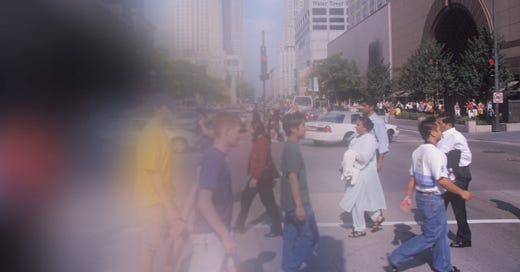


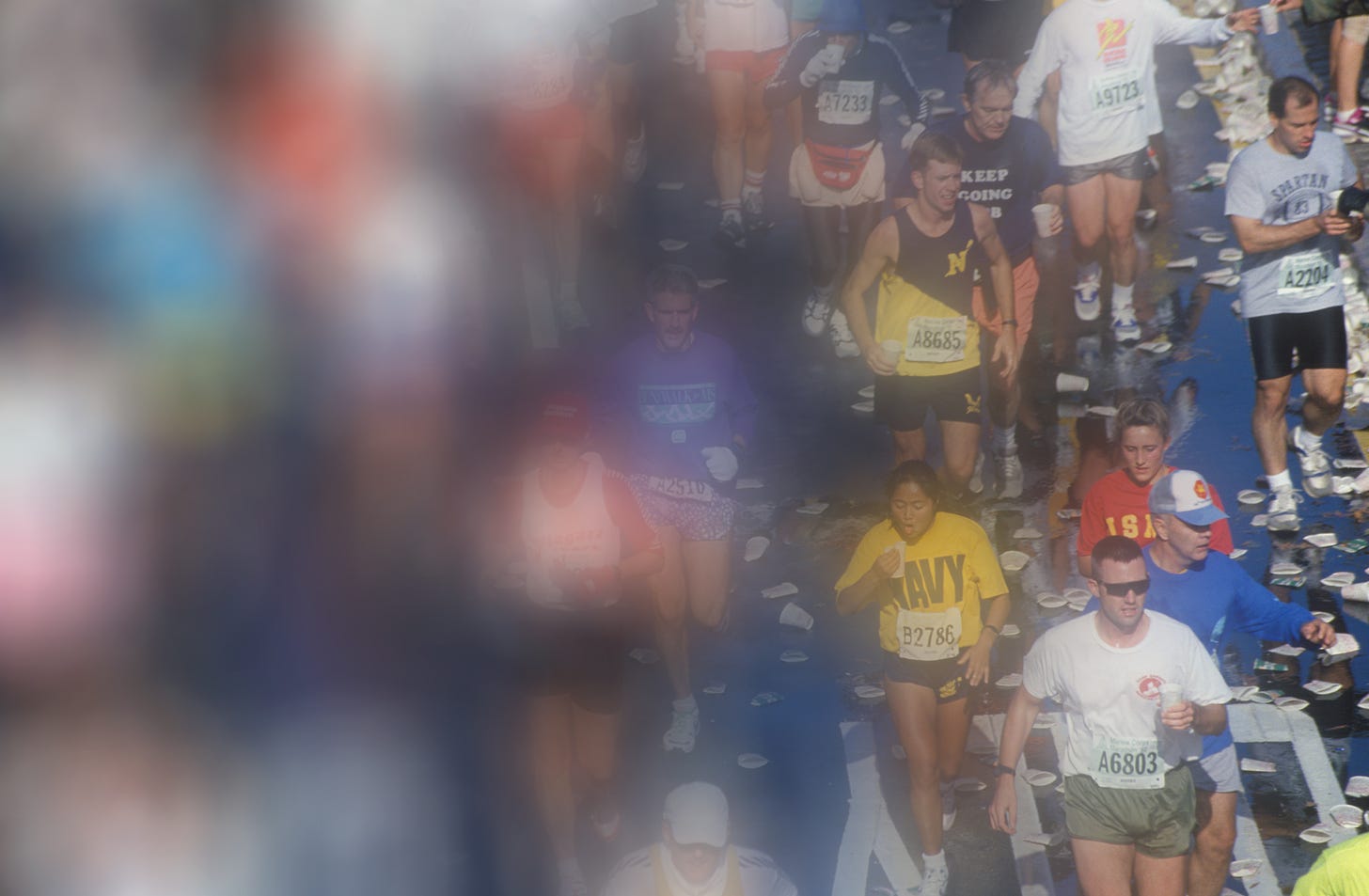


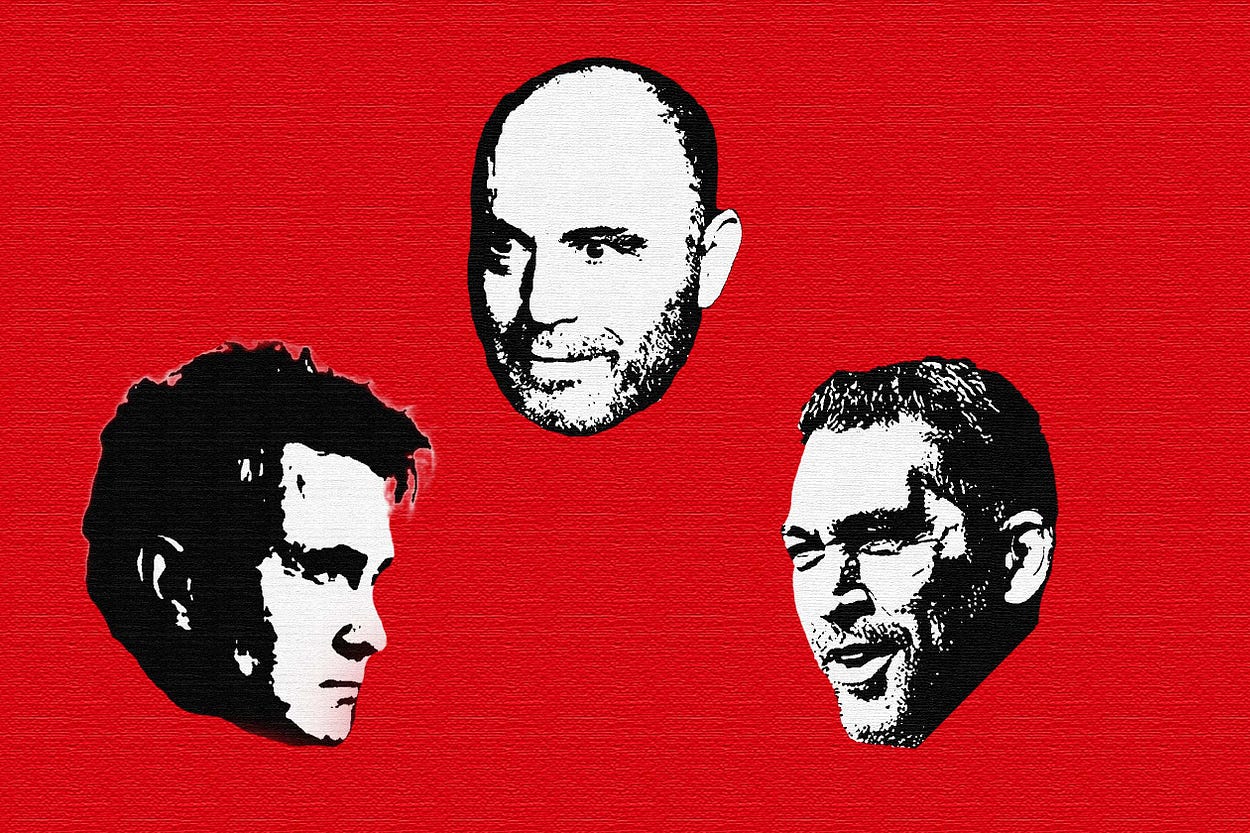

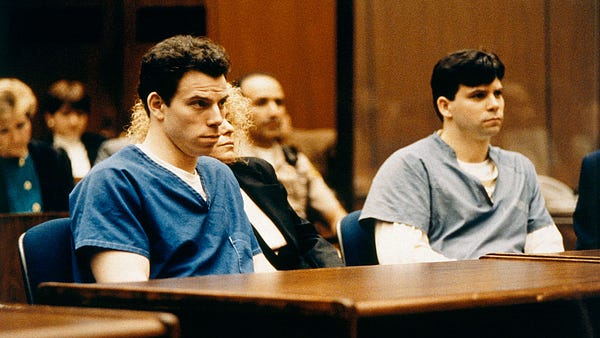

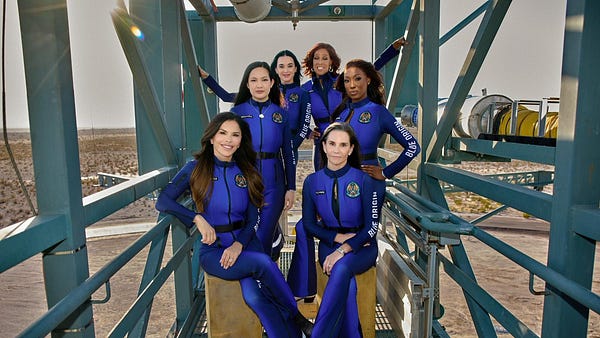




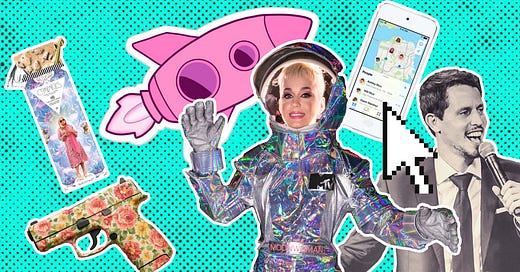
I am incredulous. Everyone has the right to turn down medical treatment, but to malign medical professionals, researchers, scientists and practitioners when they cure people and offer hope of a better life.???
I started crying just a few paragraphs into this. These days it seems like there's so little hope in the world, and then you read about people like Dr. Levonson and it restores just a little bit of faith in humanity. Thank you for publishing this.